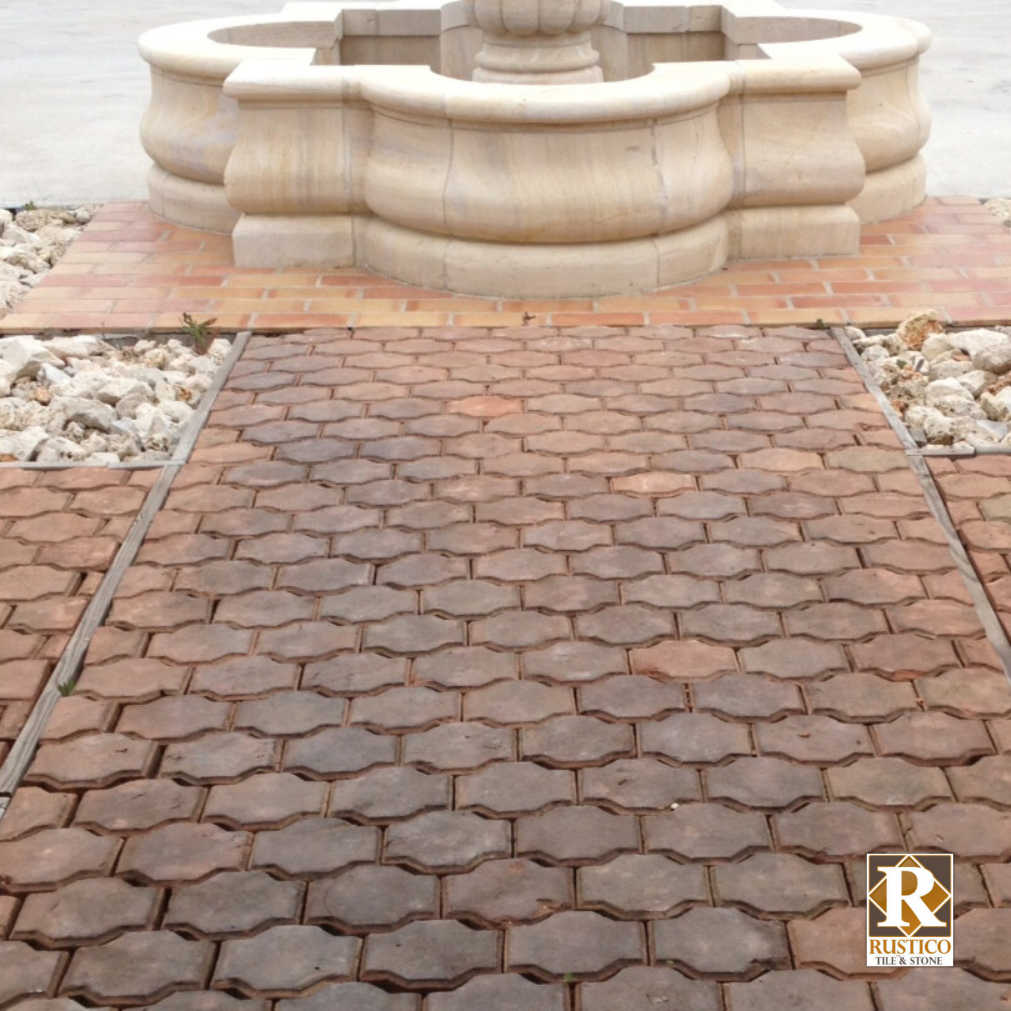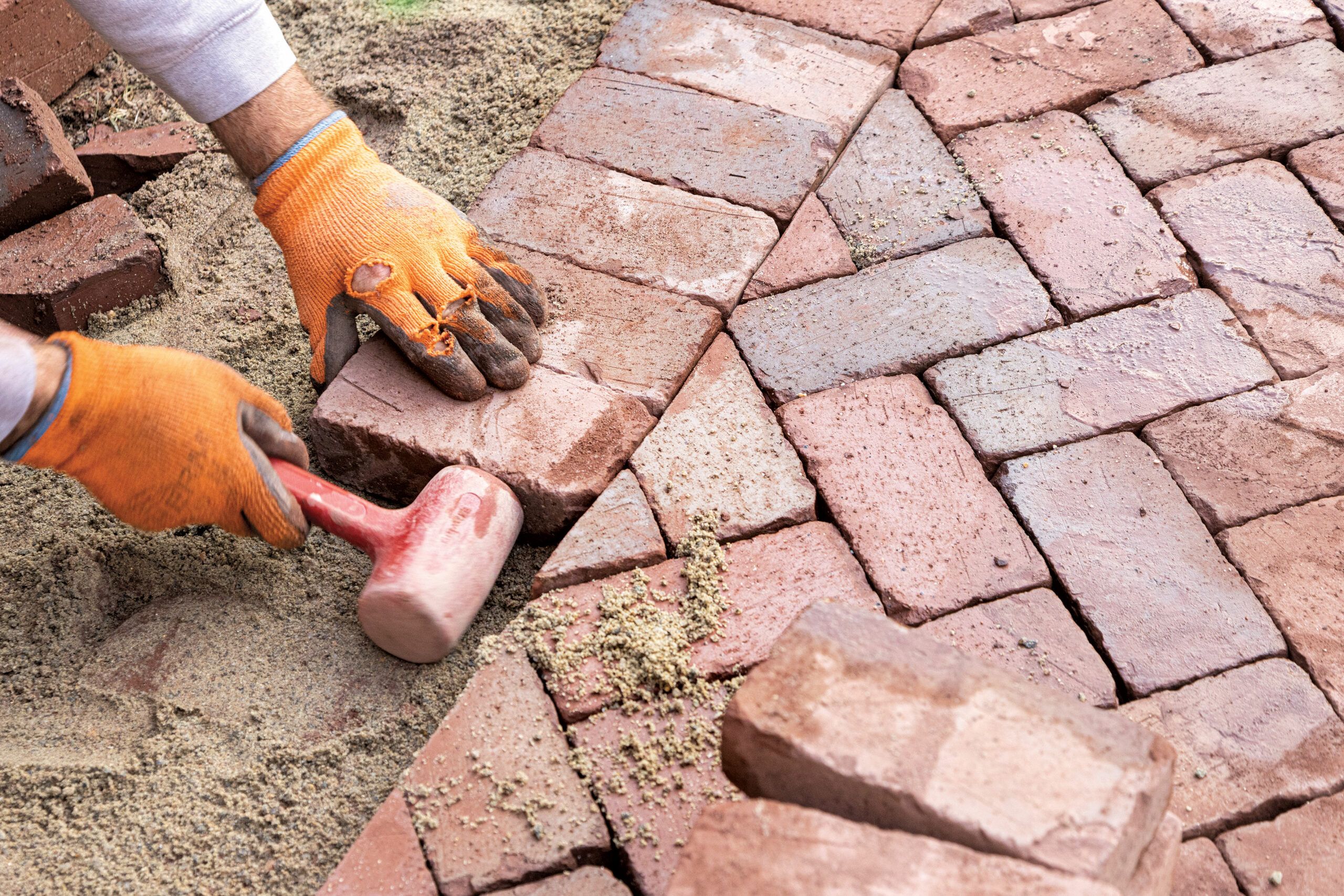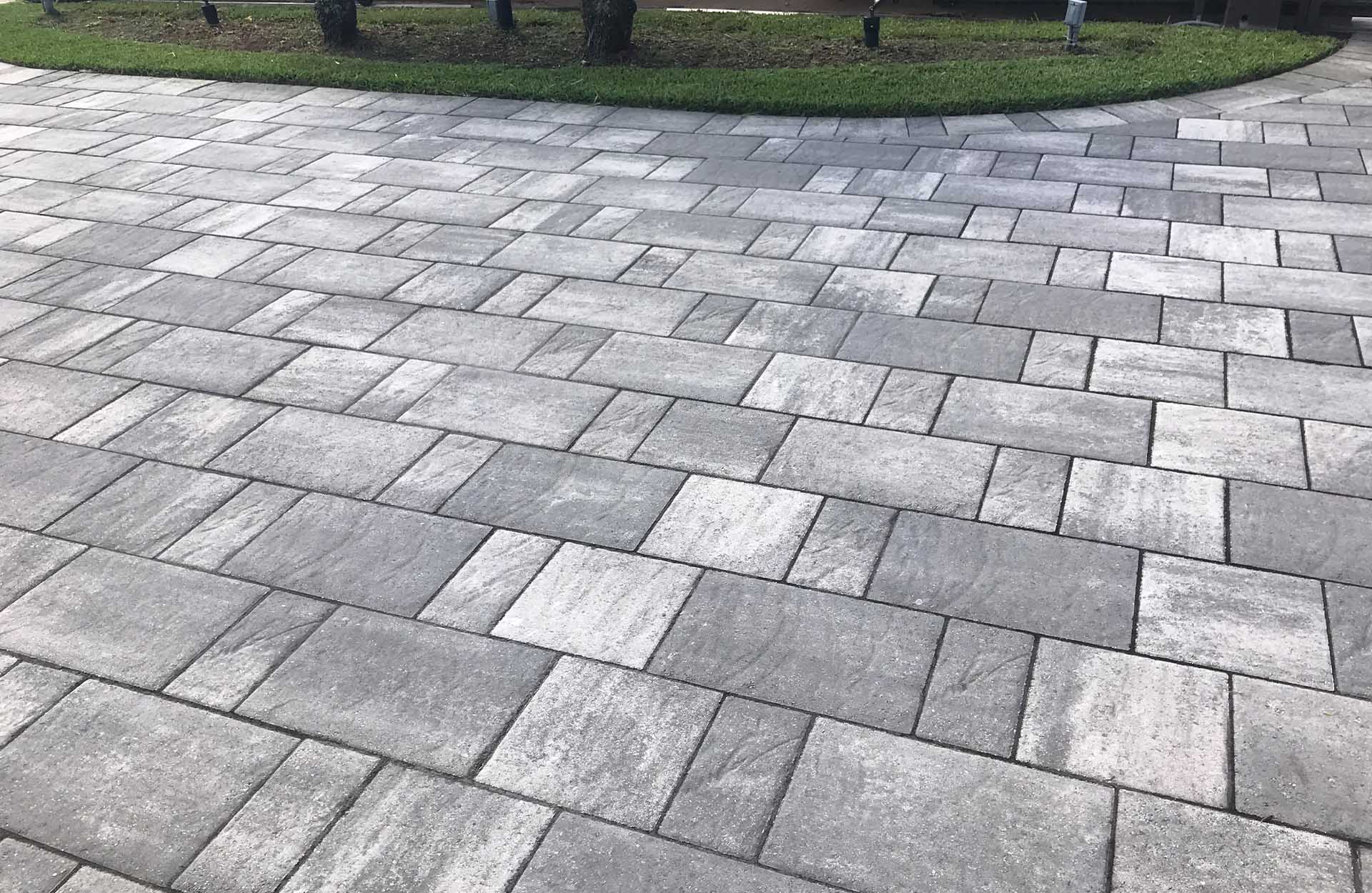When it comes to enhancing the aesthetics of your outdoor and indoor spaces, few options are as versatile and charming as decorative brick pavers. Having personally transformed my own backyard with these beautiful bricks, I can attest to their numerous advantages. This article will guide you through everything you need to know about decorative brick pavers, including their types, benefits, installation, maintenance, and much more. Let’s dive in!
What Are Decorative Brick Pavers?
Decorative brick pavers are specially designed bricks used for paving outdoor spaces such as patios, walkways, driveways, and even indoor areas. They come in various shapes, colors, and sizes, allowing endless design possibilities. Unlike traditional concrete slabs, brick pavers offer not only durability but also aesthetic appeal, making them a popular choice among homeowners.
Types of Decorative Brick Pavers
Understanding the different types of decorative brick pavers can help you make informed choices for your project. Below are the most common types:

- Clay Brick Pavers: These are made from natural clay and are known for their rich, earthy tones. They have a classic look and stand up well to harsh weather.
- Concrete Brick Pavers: Made from molded concrete, these are highly customizable in terms of color and shape. They offer excellent durability and are often used for heavy traffic areas.
- Porcelain Pavers: These are less common but are gaining popularity due to their sleek appearance and high resistance to stains and scratches.
Comparison Table of Brick Paver Types

| Type | Durability | Color Variety | Cost | Maintenance |
|---|---|---|---|---|
| Clay Brick Pavers | High | Limited | Moderate | Low |
| Concrete Brick Pavers | Very High | Extensive | Low to Moderate | Medium |
| Porcelain Pavers | Very High | Moderate | High | Low |
Benefits of Using Decorative Brick Pavers

There are plenty of reasons why decorative brick pavers should be your paving material of choice. Here are some of the key benefits:
1. Aesthetic Appeal

Brick pavers add a charming and classic look to both outdoor and indoor spaces. They can complement any architectural style and add a touch of elegance.
2. Durability

Brick pavers are built to last. They can withstand heavy foot traffic and resist fading, cracking, and chipping compared to other paving materials.
3. Easy Maintenance

Maintaining brick pavers is relatively simple. Regular sweeping and occasional washing with soap and water are usually sufficient to keep them looking great.
4. Versatility
With a wide array of colors, shapes, and patterns available, you can create unique designs that fit your personal style.
5. Environmentally Friendly
Many brick pavers are made from natural materials, and they can be recycled after use, making them an excellent choice for eco-conscious homeowners.
How to Install Decorative Brick Pavers
Installing decorative brick pavers can be a rewarding DIY project or handled by professionals. Here’s a step-by-step guide to help you through the process:
Tools and Materials Needed
- Brick pavers
- Base material (such as gravel or sand)
- Edging materials
- Tools: shovel, rake, plate compactor (or tamper), level, and rubber mallet
Step-by-Step Installation Guide
Step 1: Plan Your Layout
Determine the area where you want to place the pavers and create a design layout. Mark the boundaries using stakes and string.
Step 2: Prepare the Site
Excavate the area to a depth of around 6 to 8 inches, removing any grass or debris. Ensure the ground is level.
Step 3: Add a Base Layer
Add a layer of gravel or sand, approximately 4 inches thick, and compact it well. This provides proper drainage and stability for your pavers.
Step 4: Lay the Pavers
Start laying the pavers in your desired pattern, leaving a small gap between each one for jointing material. Be sure to check alignment as you go.
Step 5: Level and Compact
Once all pavers are in place, use a rubber mallet to tap them into place and ensure they are level. A plate compactor can also be used for better firmness.
Step 6: Fill the Joints
Fill the gaps between the pavers with sand or polymeric sand to keep them in place and prevent weed growth.
Tips for Successful Installation
- Choose a day with mild weather conditions for easier installation.
- Consider using a paver sealant to enhance the color and protect against stains.
- Take your time to ensure accuracy in measurement and alignment.
Maintenance of Decorative Brick Pavers
Maintaining decorative brick pavers is crucial for longevity and appearance. Here are some tips to keep them in top condition:
Regular Cleaning
— Sweep the surface regularly to remove dirt and debris. Occasionally wash with soap and water.
Weed Control
— Remove weeds as they appear, and consider applying a weed killer if necessary.
Sealing Pavers
— Sealing your pavers can protect them from stains and make them easier to clean. It’s advisable to reseal every few years.
Repairing Damaged Pavers
— If a brick paver becomes cracked or damaged, it can be easily replaced. Just remove the damaged paver and follow the installation steps again.
Cost Considerations: Is It Worth the Investment?
The cost of installing decorative brick pavers can vary significantly based on material choice, size of the area, and labor costs if you hire professionals. Here’s a breakdown of potential costs:
| Type of Paver | Cost per Square Foot | Installation Cost (Average) |
|---|---|---|
| Clay Brick Pavers | $6 – $12 | $10 – $20 |
| Concrete Brick Pavers | $3 – $10 | $7 – $15 |
| Porcelain Pavers | $10 – $30 | $15 – $25 |
Pros and Cons of Decorative Brick Pavers
Pros
- Enhanced aesthetic value
- Durability and longevity
- Availability in various designs
- Relatively easy maintenance
Cons
- Higher upfront cost compared to concrete slabs
- Potential for weed growth in joints
- Requires a solid base for optimal performance
FAQs About Decorative Brick Pavers
1. How long do decorative brick pavers last?
With proper care and maintenance, decorative brick pavers can last for over 25 years, making them a worthwhile investment for your home.
2. Can I install brick pavers myself?
Yes! DIY installation is possible, but proper planning and tools are essential. Ensure you follow the step-by-step guide for the best results.
3. Are brick pavers slippery when wet?
While some brick pavers can be slippery, choosing textured pavers can reduce the risk of slipping, especially in wet conditions.
4. Do brick pavers require sealing?
While sealing isn’t mandatory, it is recommended for added protection against stains and wear. Reseal every few years for optimal results.
5. What maintenance do brick pavers require?
Regular sweeping, occasional washing, weed control, and periodic sealing are crucial to maintain the beauty and functionality of brick pavers.
Conclusion
Decorative brick pavers are an excellent choice for transforming your outdoor and indoor spaces. Their durability, aesthetic appeal, and versatility make them a preferred option for homeowners seeking to enhance their property’s value and beauty. Armed with the right knowledge, tips, and techniques, you can successfully install and maintain brick pavers, ensuring they remain a stunning feature in your home for many years to come. Whether you are looking at DIY projects or planning to hire professionals, brick pavers can significantly elevate your spaces.